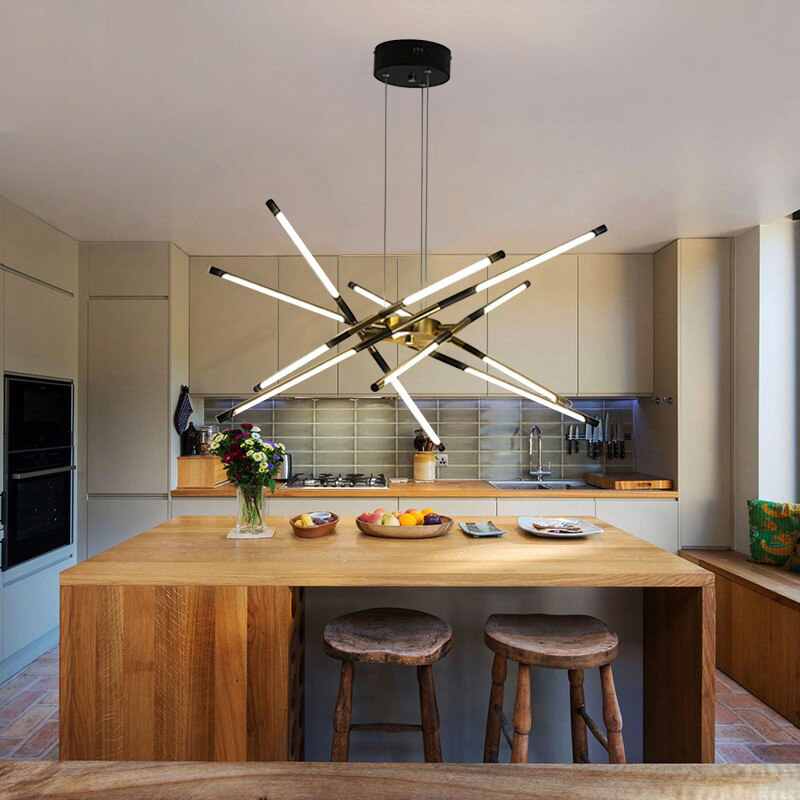Bauhaus is an art and design movement that originated in Germany in the early 20th century. It sought to merge form and function, and emphasize design that was simple and functional, yet aesthetically pleasing. In line with the Bauhaus philosophy, Bauhaus design table lamps exemplify the union between form and function, making them an excellent choice for any modern space. This article will explore the history of the Bauhaus movement, the design principles behind the Bauhaus design table lamp, and why it is still relevant today.
The History of the Bauhaus Movement
Bauhaus was founded in 1919 in Weimar, Germany, by Walter Gropius. The movement came about in response to the prevailing design styles of the time, which Gropius felt were ornate, frivolous, and lacked functionality. The aim of the Bauhaus movement was to create a new style of design that combined functionality, aesthetics, and mass production techniques.
The Bauhaus movement was not confined to one particular art form, as it encompassed architecture, art, and design. The Bauhaus philosophy was influenced by modernism, cubism, and the Arts and Crafts movement, among others. Some of the leading names associated with the Bauhaus movement include Walter Gropius, Marcel Breuer, Ludwig Mies van der Rohe, and Wassily Kandinsky.
Bauhaus design table lamps are one of the many products that were made during the movement.
Design Principles of Bauhaus Design Table Lamps
Like all Bauhaus designs, the Bauhaus design table lamp follows the principles of form follows function. This principle advocates that the function should dictate the form of the product. Bauhaus table lamps are characterized by clean lines, minimal ornamentation, and emphasis on functionality. The lamps’ designs are typically geometric, using basic shapes such as squares, circles, and rectangles.
One of the most striking features of the Bauhaus design table lamp is the use of industrial materials such as metal, glass, and plastic. These materials allowed designers to create lighting that was not only visually appealing but also durable and long-lasting.
Another hallmark of Bauhaus design is the concept of mass production. In the early 20th century, mass production methods were still a relatively new concept. However, Gropius and the other Bauhaus designers embraced it, believing that it could bring quality design to the masses at an affordable price. The use of production line techniques, standardized parts, and modular designs allowed the Bauhaus table lamp to be produced on a large scale.
The Relevance of Bauhaus Design Table Lamps Today
The Bauhaus design table lamp is as relevant today as it was in the early 20th century. The clean lines and minimalist aesthetic of Bauhaus table lamps have become a classic design style that continues to influence designers today. The use of industrial materials and mass production techniques has also become more common in modern design, making it easier than ever to obtain high-quality Bauhaus lamps that are both functional and aesthetically pleasing.
Bauhaus design table lamps can be found in many modern spaces, such as homes, offices, and public buildings. They are popular among individuals who value a minimalist aesthetic and appreciate design that is both timeless and functional.
The Bauhaus design table lamp is a timeless piece of design that exemplifies the principles of form follows function, industrial materials, and mass production. It remains relevant today, and its influence can be seen in many contemporary designs. If you’re looking for a lamp that combines minimalism, functionality, and classic design, the Bauhaus design table lamp is an excellent choice.




